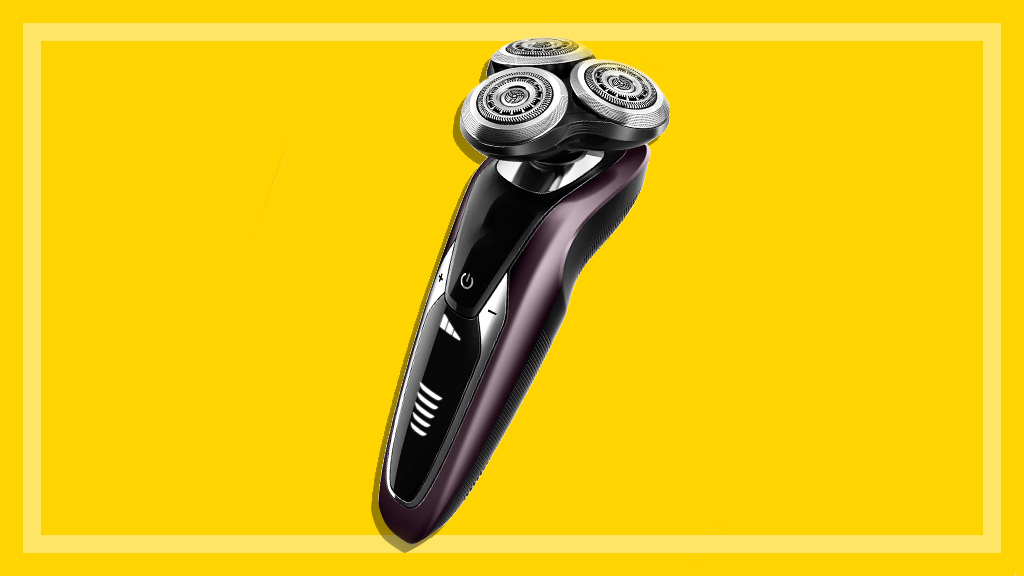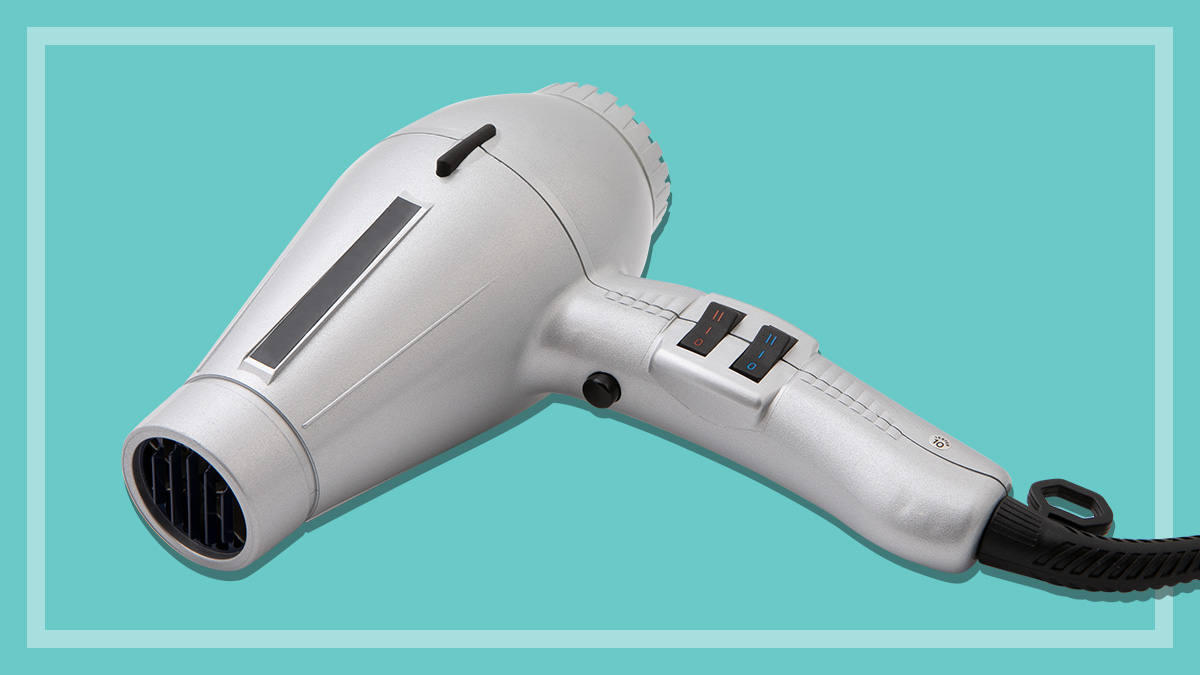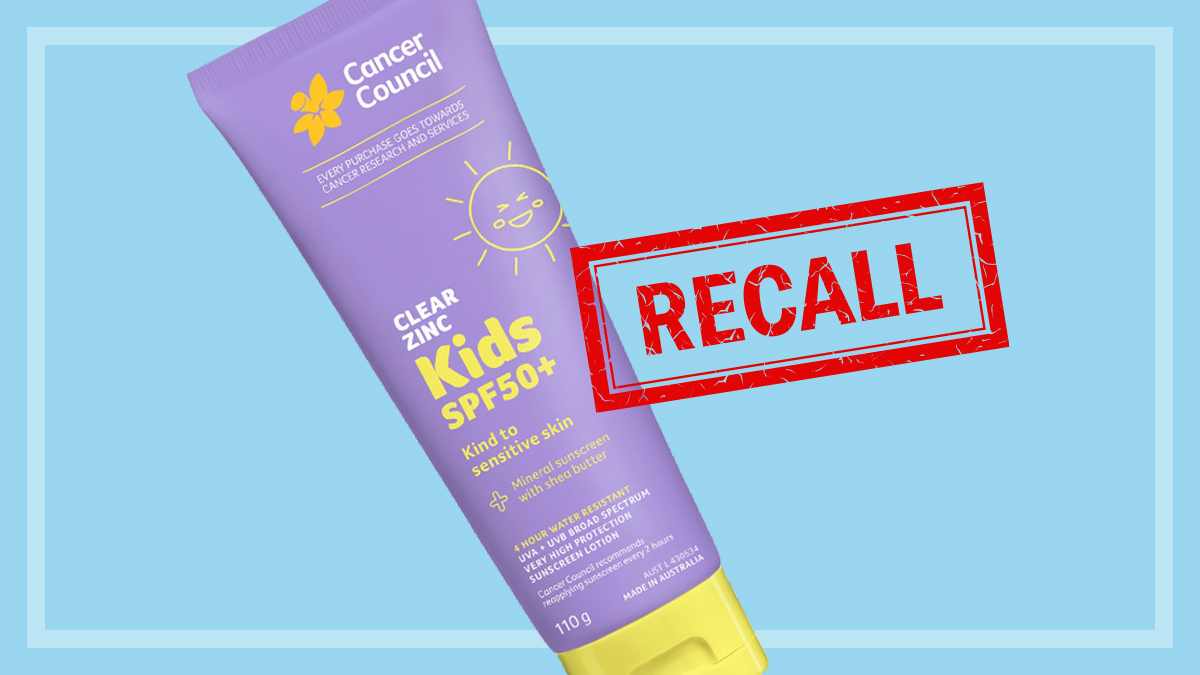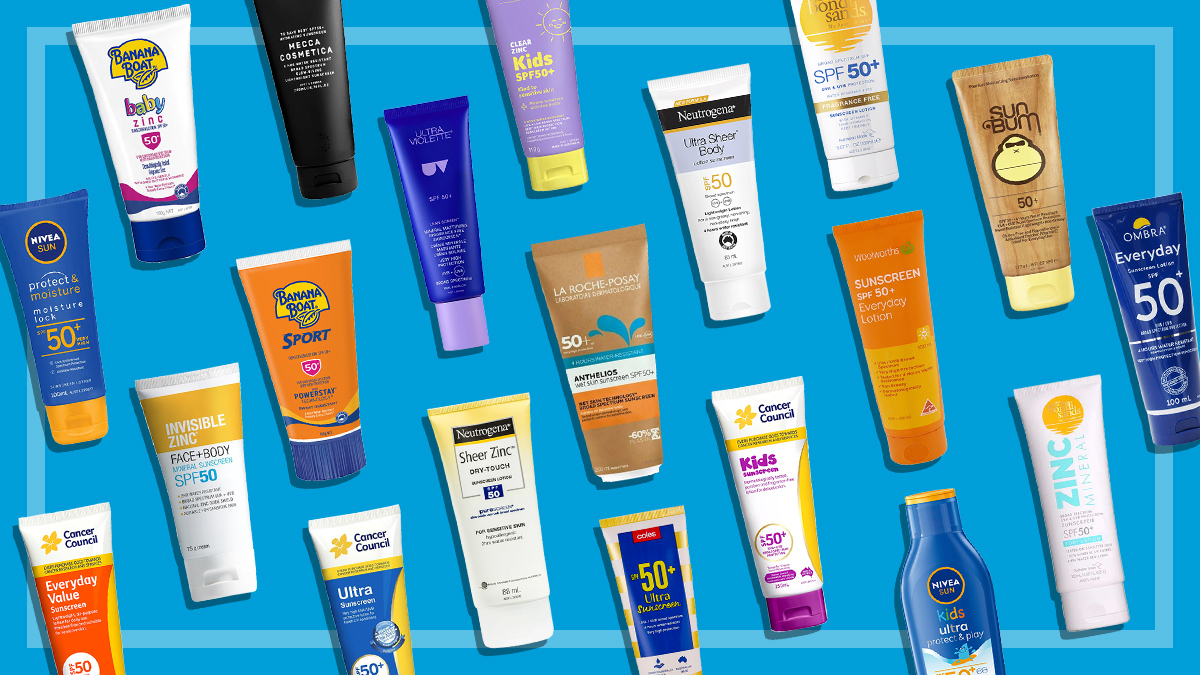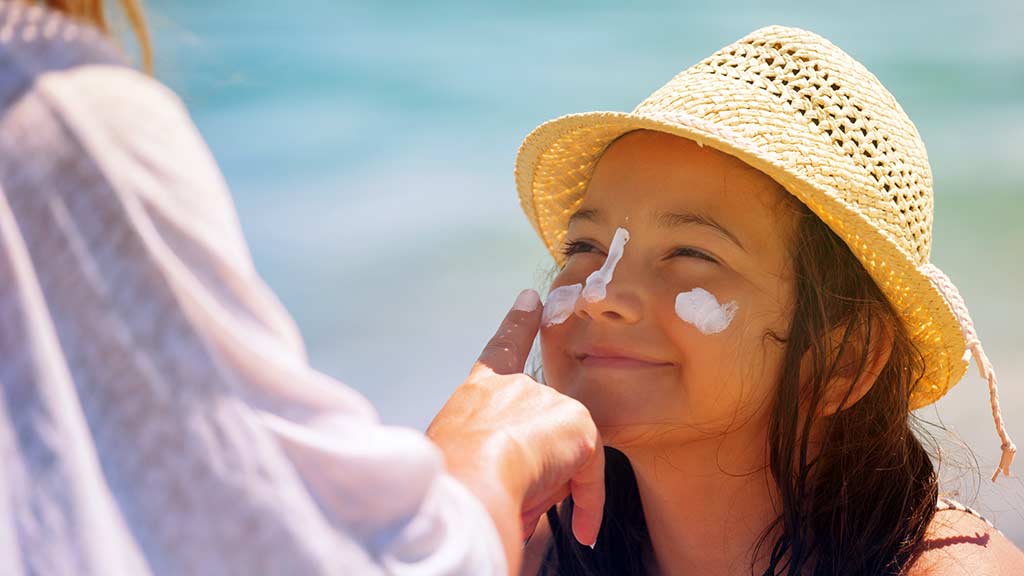Get our independent lab tests, expert reviews and honest advice.
How to find the best short-term hair removal
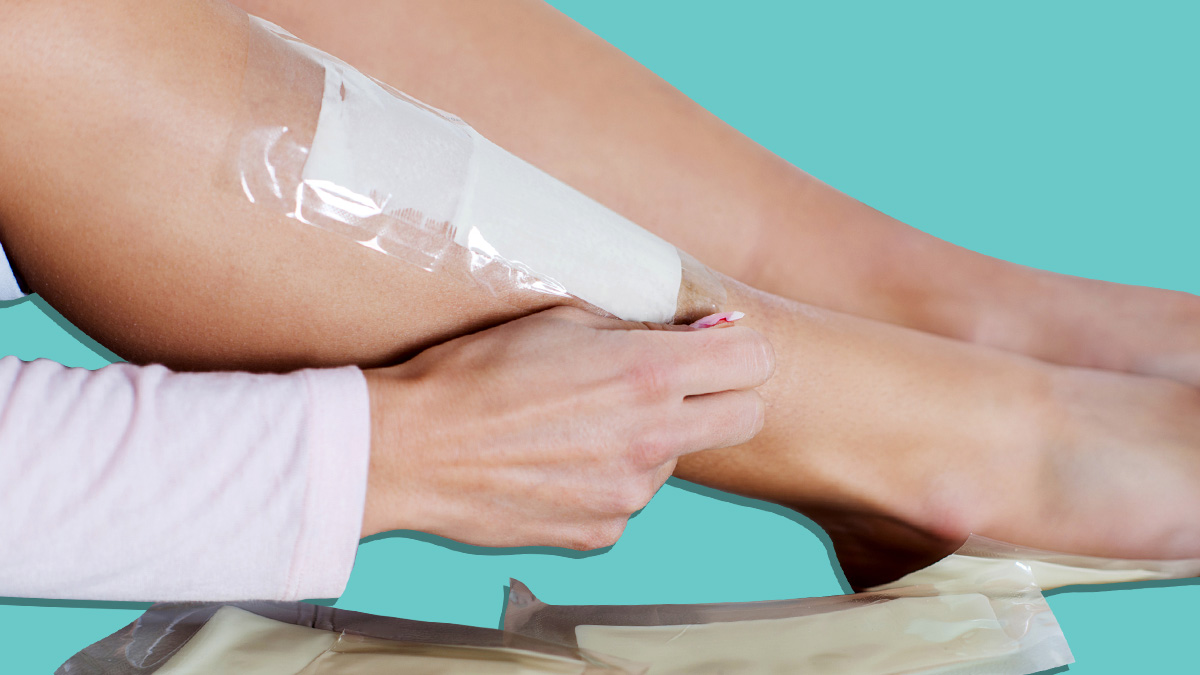
Whether we’re talking about shaving your face or legs every day, or getting stuck into some much-needed manscaping or lady-gardening, almost all of us have some experience with short-term hair removal. These are methods such as shaving, waxing, depilatory creams, threading and using an epilator. They are quick, generally quite cheap, and the effects last from a day to a number of weeks.
On this page:
But as anyone who’s tried waxing their beard will attest, not every method suits every hair area. We’re here to help you choose the right type of hair removal that will give you the best results possible and hopefully save you some money in the long run.
Mow the lawn or uproot the grass?
When it comes to short-term hair removal, there are two main categories. The first – “mowing the lawn” – includes options such as shaving, trimming and depilation (hair removal creams), all of which remove hair from the surface of the skin. These methods tend to be quick and painless, with the added benefit of being cheaper too. The downside is that the hair tends to grow back quite quickly, meaning a fair bit of ongoing maintenance is required.
Alternatively, you could choose one of the more longer-lasting forms of short-term hair removal, those more akin to “uprooting the grass”. With these options – waxing, tweezing, epilation and threading – the hair is literally uprooted, and pulled out at the follicle. There are both DIY and professional options in this category, and although the results last longer these solutions also tend to cost more, and hurt more (especially initially).
Shaving
Quick and pain free
Shaving tools come in several varieties: handheld razors, which includes disposable razors and shaving systems (razors with replaceable blades), and electric shavers. Handheld razors are generally targeted towards either men or women, while electric shavers tend to be marketed more to men, though they are perfectly suitable for women to use as well on other body areas.
Women who want to remove facial hair should opt for waxing, tweezing, threading and depilatory creams over shaving, if they want softer hair regrowth. Long-term hair removal may also be a better option for women with facial hair.
We go into greater detail about what to look for in a handheld razor or electric shaver in our Men’s shavers and razors buying guide, but here’s a brief overview:
Handheld razors
While the days of the straight razor are not necessarily gone – yes hipsters, we’re looking at you – most people tend toward either disposable razors or shaving systems for regular de-fuzzing. If this is the way you decide to go, there are several things to keep an eye out for when you go shopping.
What to look for
- Multi-blade razors usually do a better job than razors with one or two blades.
- Guards help to smooth the skin before the blades cut the stubble.
- Lubrication strips soothe the skin after the blades have shaved the stubble.
- Trimmers are helpful for trimming around sideburns or a beard, or any other “lawn-edging”.
Cost
A handheld razor can cost from $0.20 in a supermarket ‘own brand’ packet of disposables to $20 for a razor from one of the higher-end shaving systems.
Electric shavers
Just as handheld razors have an ongoing arms race for features – vibrating heads, multiple blades and more – electric shaver manufacturers are always looking to add new features to their models too.
What to look for
- Rotary shavers use two or three rotating heads to lift and cut the hair. Foil shavers use oscillating blades.
- Charging base to recharge the shaver. Some may have a built-in cleaning station, which is probably not necessary.
- Indicator will let you know how much charge is left.
- Battery-power for convenience when travelling.
- Beard trimmer makes it easy to trim longer growth before shaving.
- Waterproof models can be used in the shower.
- Washable so you can clean it under a running tap.
Cost
The models in our latest electric shaver reviews range from $60 to $600.
Trimmers
For men who prefer the scruffy look, a beard and stubble trimmer can keep facial hair in check. They can also be used – with care – in intimate areas for a neater look.
What to look for
- Adjustable head – Some trimmers move with the contours of the face (or other areas) to give you a closer and more consistent cut.
- Adjustable settings – These are for speed as well as for hair length.
- Attachments – Different hair styles (and different areas) may require a different attachment. Choose a trimmer that suits your styling needs.
- Lockable trimmer setting – This locks your chosen setting while the trimmer is in use, so that you don’t accidentally change from a four to a one mid-shave.
- Vacuum feature – This captures hair as you trim, making less mess while you style and keeping cleaning up an easy task.
Cost
Beard trimmers can range in price from $20 to around $300.
Depilation
Quick and pain free
Depilatories – or hair removal creams – act like a chemical razor blade. They contain a chemical that dissolves the protein structure of the hair, causing it to separate easily from the surface of the skin. They’re often smelly and messy to apply, and regrowth can be bristly. All depilatories can be irritating to the skin, so follow the instructions carefully. Don’t apply them to broken or inflamed skin, and always perform a patch test before using a new product.
What to look for
- Time – Try to find a product with a relatively short development time. Some of the brands we’ve looked at take up to 12 minutes to work, which could be a bit of a pain if you’re in a hurry.
- Waterproof – This is particularly useful if you want to use the depilatory in the shower, which makes it much easier to use and remove.
- Ease of application – Of the depilatories we’ve tried, some were considerably easier to apply than others. Consider whether you would find a cream, gel, mousse or spray easier to apply.
- Ease of removal – Some hair removal creams can simply be washed off, while others require a special tool included in the pack that is used to scrape the cream away – imagine a razor without the blades.
- Smell – Some brands are scented to try to combat their often strong odour, but you might want to look for creams that are marked as low-odour or odourless (this won’t actually be true, but they may not be as bad as some of the others) all the same.
Cost
Depilatory creams, gels and mousses start at around $5.00/100g and range up to $30/100g for products for the face.
Waxing
Longer-lasting but painful
A layer of (usually warm) wax is applied to the skin and either left to harden or a fabric strip is applied. The wax or strip is then pulled off against the direction of the hair growth, removing the hair with it. Hair regrowth after waxing is slower than with shaving, taking weeks rather than days.
Waxing is effective, but it is one of the more painful short-term hair removal methods. You can do it yourself at home and save money on salon visits, but it can be quite messy. Wax strips are a convenient at-home alternative to a pot of wax. You simply pull off the backing strip and (in most cases) warm it between your hands, lay it on the skin and then rip it off, removing the hair with it. The strips come in different sizes for use on different areas of the body.
Waxing is good for large areas, such as the legs or back, as well as underarms and bikini line. It’s also a hair removal option that’s suitable for both men and women.
What to look for
- Health risks – There are possible risks and side effects with waxing, even when performed by a professional. There’s a danger of skin infection if proper care isn’t taken, which is why in most states salons that do waxing are regulated by legislation and may be inspected to ensure they comply with hygiene standards. Wax should not be applied to broken skin, sunburn or moles; and in a salon, disposable spatulas should be used and single-use pots are preferable.
- Ingrown hairs – Waxing can lead to ingrown hairs. You can help minimise these by wearing loose clothing and avoiding showering or swimming in chlorinated pools immediately after waxing, and exfoliating and moisturising regularly.
- Pain – Many people find waxing to be quite painful. Women are advised to avoid waxing the week before and during menstruation, when the skin is more sensitive. Skin can be red after waxing, but this should only last for a few hours.
Home waxing
Choose a kit with more strips so that you can cover more area in one round of waxing, and make sure it comes with a spatula. One of the wax kits we looked at included a temperature gauge on the spatula to help avoid burns and discomfort.
Cost
The cost of a professional waxing treatment varies depending on the area being waxed, but usually starts at around $12 for eyebrows and $20 for a half-leg wax.
DIY wax pots cost up to about $6.00 for 100g.
Tweezing
Longer-lasting but painful
Generally, tweezing is limited to eyebrow sculpting and removing the odd stray hair elsewhere, as it is too time consuming for larger areas. Tweezers help you to be quite precise, and a good pair will be useful in removing splinters too.
What to look for
- Slanted tip – This helps you get at shorter hairs, as well as making it easier to get into tight spaces.
- Perfectly-aligned ends – If the ends of your tweezers meet perfectly, they’re more likely to grip the hair properly, making the whole task go quickly and smoothly.
- Handle grip – Ridges or other forms of texturising make it easier to hold the tweezers.
Cost
Tweezers can cost anywhere from a few dollars up to $20.
Epilators
Longer-lasting but painful
Epilators use a series of tiny rotating tweezers to pull out unwanted hair. They work in a similar way to wax, but without the mess and, because they remove hair from the root, the results should last for several weeks. These gadgets are also very speedy, most taking 10 minutes or less to remove hair from the lower legs.
Epilators are more expensive to buy than the other forms of hair removal, but the cost is a one-off, as opposed to the ongoing costs of other products.
What to look for
- Inbuilt light – An inbuilt light will help you to see hair better, making it easier to remove.
- Extra attachments – Additional heads designed for use on bikini lines and underarm areas can be very useful.
- Cordless – Battery-operated epilators are easier to take travelling.
Cost
Full-size epilators (models intended for large areas, not just face or bikini line) range in price from around $80 to $300.
Threading
Longer-lasting but painful
Threading involves twisting and rolling a piece of cotton thread along the surface of the skin to entwine hair in the thread, which is then pulled from the follicle. It’s an ancient method of hair removal that originated in India, and it’s still quite a specialised skill that is only available in some salons. Some consider it to be a more effective method of shaping eyebrows than waxing, and it’s generally considered to be less painful too.
Cost
Threading generally costs around $20 for eyebrows.

